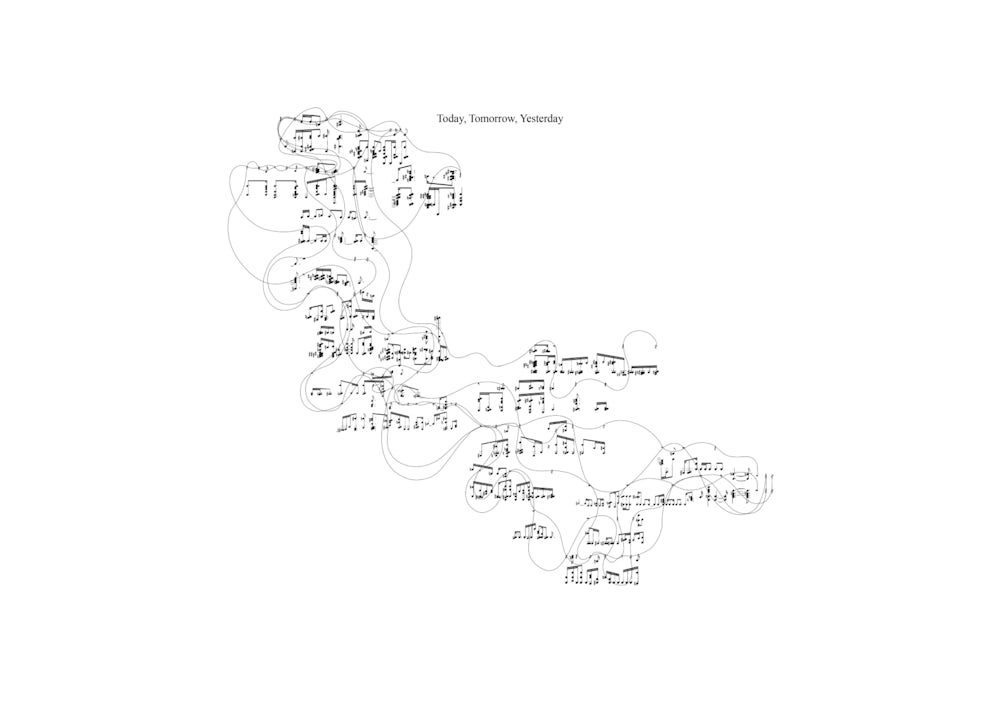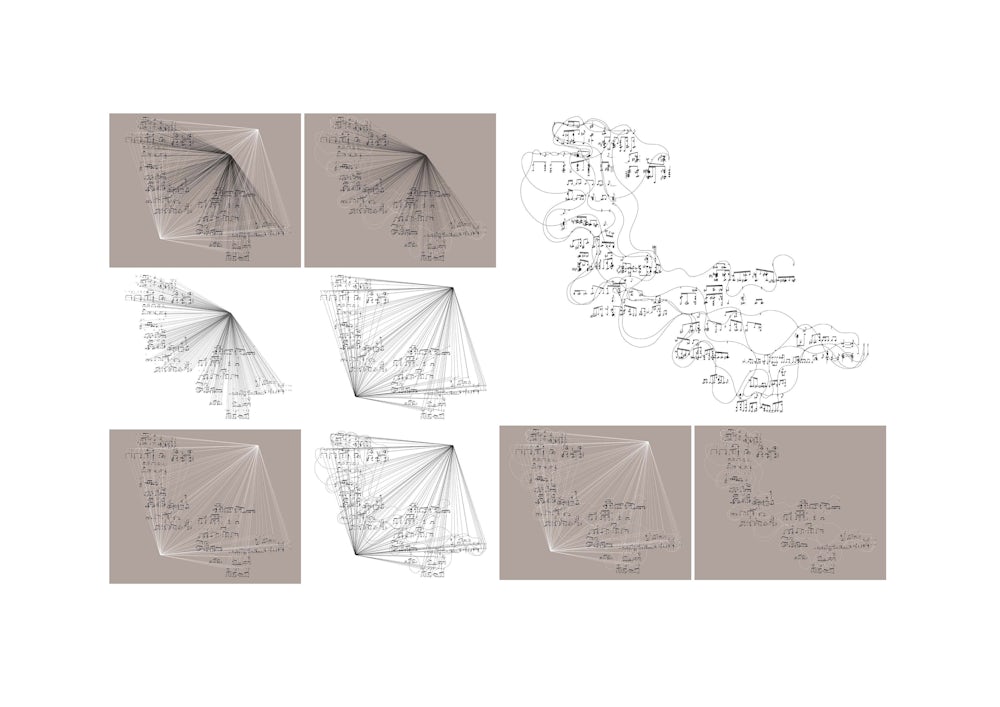Nadia Young
"Sound, Body, Space: Interpreting space through sound"
Keywords: sound, documentation, body, memory, narrative, home, performance, domestic space
In this project, I am exploring the body as an archive of sensorial memory, and sound as means of experiencing space. In doing so, I produce audioscapes within which rituals and space are translated into sound. The body is a living archive, an archive of memories, behaviour, and movements. A perpetual archive, one that is constantly compiling and constantly exploring. Throughout this pandemic, my body has been confined to one space, one set of repeated movements, one routine;
My hand opens the front door as I lean my body weight against the handle, my other hand traces the wall, knowing exactly where the light switch is positioned. I swerve left, knowing how to navigate my body around the bed, and I brush my plant as I pass it.
Again, and again, through this repetition and familiarity, my body has gained a muscle memory of this space. As a pianist, muscle memory is a phenomenon that I have experienced through my hands, when my mind forgets the music, my muscles remember; a phenomenon curated through sound, body, and space. By compiling audio clips of my body’s everyday movements through my room, I am compiling evidence of my presence and movement, portraying the isolated and familiar relationship between body and space. The audioscapes carry the essence of the space they were recorded in; sounds portray the space. Space is not something objective and real, nor a substance, nor an accident, nor a relation; instead, it is subjective and ideal. 1. I am exploring space as a subjective experience made up of sonic senses, formed by unravelling sounds. With sounds, comes silence, and with silence the ears are forced to listen. How can sound be used to investigate space? How can music be used to interpret space? The project uses sound as a medium of investigation. The process begins with combining audio clips and digitally transposing the raw footage into piano music. Classical sheet music is then generated and used to notate the music. Music notation can be rigid and structured when read and played exactly as written, much like a computer would read. French composer, Claude Debussy, said ‘music is the silence between the notes.’ The composed piano music is then interpreted and performed by a pianist (myself), bringing a further dimension to the music in comparison to the computer’s interpretation. The performance exemplifies that it is the silence between the sound that augments, shapes, and brings the piece of music to life. The project simultaneously explores alternative methodologies in notating music and abstracting traditional scores. The final abstracted music score draws lines between the rests and silence between the notes, highlighting the potential for freedom of interpretation, movement and emotion in these moments.
Janiak, 2012 ↩




